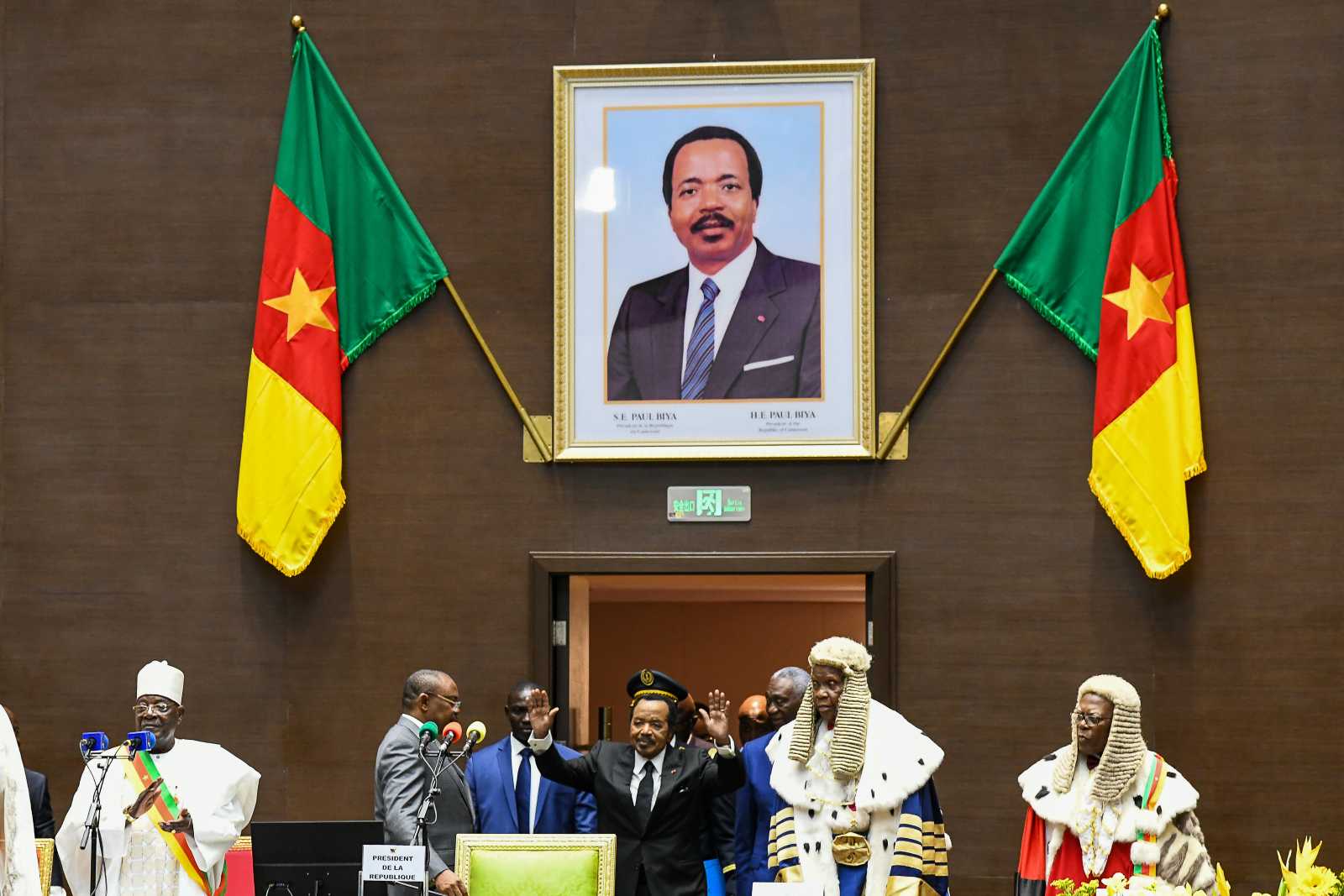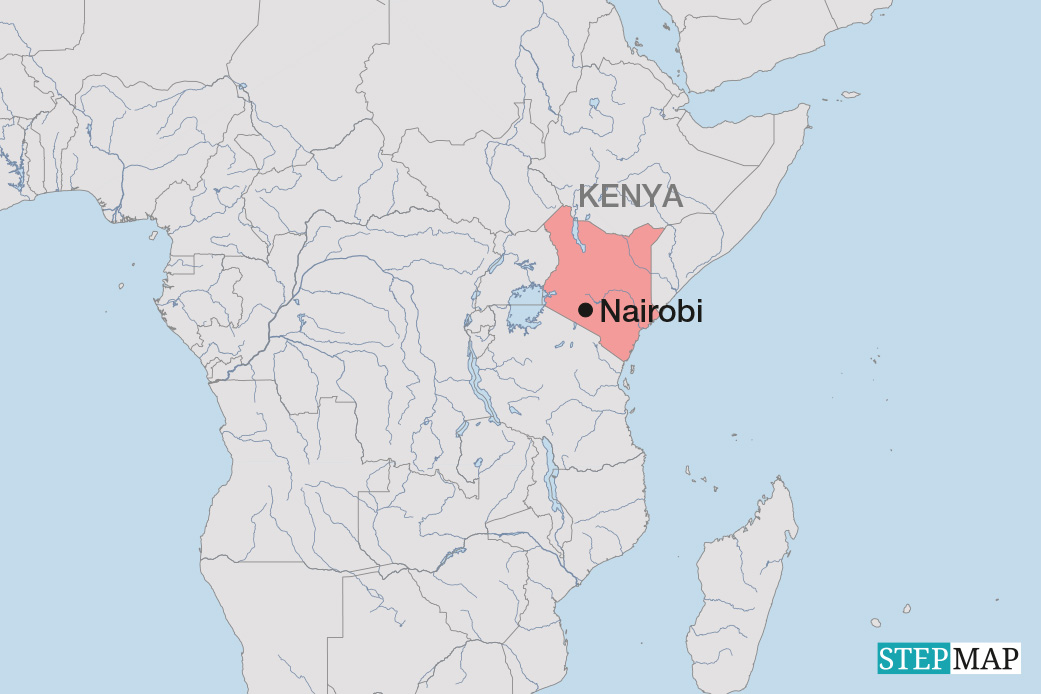Regional integration
Enabling Africa to develop
By Glenn Brigaldino
To successfully participate in global markets, countries need tradable goods and services. Such participation has been a difficult and often one-sided affair for many African countries. In colonial times, exports consisted essentially of raw materials which were shipped out of Africa in exchange for industrial products. These uneven terms of trade kept Africa in deep, un-repayable debt. Transport infrastructure was designed not to promote African wealth, but to export commodities from the continent. While it links the hinterland to ports, it hardly serves to connect African countries to one another.
After independence, governments tried to jump-start development by improving infrastructure especially on the social side. They built hospitals and schools, and invested in water, sanitation and electric power facilities. However, national elites tended to design infrastructure projects in order to please their ethnic, tribal or electoral base. Such concerns frequently took precedence over clearly identified, economically rationale development priorities.
Private misappropriation of limited resources for infrastructure compounded the problems. Linking a minister’s home village to the power grid may be the minister’s priority, but it is not a developmental achievement.
For decades, almost all infrastructure investments occurred at the national level. There were only few large-scale, cross-border infrastructure projects such as hydropower plants, but they proved to be costly. Often, political coordination was difficult. However, Africa needs multi-country approaches to improve infrastructure especially in the fields of transport, water and energy.
Regional links
Africa still remains on the sidelines of the globalised market economy. This is the continent that attracts the lowest level of international investments. As the global economic crisis persists, financial flows to Africa are likely to dwindle, further diminishing the chances to improve African infrastructure and harness it for sustainable development.
Infrastructure projects can and should serve to improve regional integration in Africa, as the Infrastructure Consortium for Africa (ICA) argues. The ICA operates as a discussion and coordination platform and is hosted by the African Development Bank (AfDB). It cooperates closely with the Infrastructure Preparation Facility (IPPF) of the African Union’s development initiative NEPAD (New Partnership for African Development). The idea is to foster Africa-driven, regional integration and cooperation.
In practice, however, politics often gets in the way of regional development. Africa’s multitude of overlapping regional organisations does not make things any easier. Unless political reforms are implemented at the national level, moreover, infrastructure development is likely to mirror the persistently poor performance of regional integration processes.
Where democratic constituencies are politically weak and poorly empowered, it is hard to advance policies that reduce poverty. In principle, however, it makes sense to gear infrastructure development to that goal (see box).
Growing need for infrastructure
Many African governments find themselves in an economic bind, as they struggle to meet their people’s infrastructure needs. Existing infrastructure is often insufficient, inefficient and poorly maintained. Budgetary constraints and public sector capacity shortcomings further complicate the picture.
African governments have therefore sought to attract private investment to meet growing infrastructure needs. While this approach does offer an alternative to slow public sector action, the priority projects of private investors only coincidently match poverty reduction agendas. Without private-sector investors, however, many infrastructure needs remain unmet. In particular, African countries’ capital markets tend to be too small to raise the funds needed for large, cross-border projects.
To complicate and worsen matters, the private sector in much of Africa is not as open to competition as it is in most rich nations: ethnic allegiances, runaway corruption and political patronage all contribute to a business environment that is often unsuitable for implementing sustainable infrastructure projects.
Donor action
For these reasons, donors’ aid matters very much. Though it will never close the many gaps, especially in Africa’s rural areas, it certainly can make a difference by complementing national budgets and triggering investments in meaningful projects.
Indeed, international donors have been called upon to help ensure that the impact of the economic crisis on infrastructure investments in Africa is cushioned. For example, in April 2009, the World Bank launched two multi-billion dollar investment initiatives for infrastructure projects to help developing countries weather the financial crisis. Likewise, the European donors have launched the EU-Africa Partnership on Infrastructure and the EU Infrastructure Trust Fund for Africa (ITF). The ITF provides grants to leverage funds from donors and private investors. After a slow and cumbersome start, the ITF appears to have gained momentum, and after four years of operations, by the end of 2010 a total of 39 grants have been approved with a cumulative value of nearly € 209 million.
The Africa Infrastructure Country Diagnostic (AICD) programme resulted from the G8 Glenneagles summit in 2005. Its 2009 flagship report stated that inadequate infrastructure suppresses Africa’s per capita growth rate by as much as two percentage points each year. An estimated $ 93 billion is needed annually over the next decade to meet the continents’ infrastructure needs, according to the document, but there is a $ 31 billion annual funding gap. The report offers a solid information basis for policymakers who want to set infrastructure priorities. The need is probably even greater than indicated by the AICD report because adapting to and mitigating climate change and working towards greater food security will add to the demand.
China’s growing clout
Investment in infrastructure is generally long-term in nature, complicated to organise and difficult to implement. From the planning and procurement stage to the actual delivery of services, corruption risks are serious. Transparency and integrity in the management of infrastructure funds are clearly critical success factors. The recent experiences in Iraq and Afghanistan, where billions of dollars in funds for reconstruction have virtually vanished, exemplify how corruption in infrastructure development continues to undermine genuine efforts to assist populations in need.
China has become a major infrastructure player in Africa. Criticism of non-transparent deals that offer infrastructure for resources is justified. At the same time, one must not ignore that most established donors have been involved in murky deals themselves. African infrastructure, moreover, remains inadequate in spite of decades of western aid that was at least partially meant to compensate for colonialism.
Some consider China a rogue donor today. But this rising power is certainly not alone in stripping Africa of raw materials while shoring up corrupt and oppressive regimes. Development aspirations of entire countries, even regions, can be undermined or frustrated when leading donors tacitly continue business-as-usual aid practices. Ethiopia is an example of a country that donors seem to court even though it does not grant its people political freedom and is de facto run by a repressive regime.
The recent global crisis may have been contained for the time being, and imminent economic meltdown was partially reversed after the collapse of Lehman Brothers, the investment bank, in 2008. In many ways, however, the crisis was a wake-up call that unchecked globalisation constantly threatens welfare and livelihoods whether we are in an imminent crisis or not. Development progress in the poorest countries remains dependant on external assistance, both from public and private sources. Building pro-poor infrastructure, across borders and regions can prove to be a powerful approach for realising development goals and opening up cooperation and integration opportunities.








